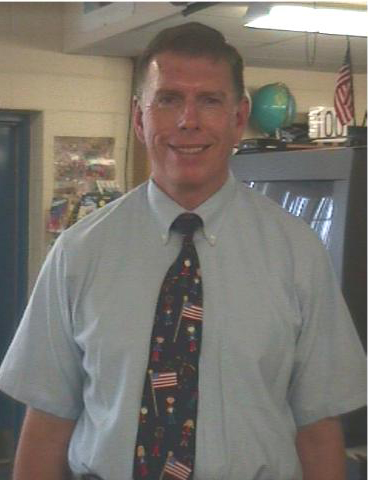|
Project URL: http://teachersnetwork.org/everywhere/Frerichs/index.htm
How
it works:
The purpose of this lesson is
to expand student understanding of the history of European
exploration of North America and to introduce students
to basic research techniques. These lessons focus on
four explorers who visited New York State: Verrazano,
Cartier, Champlain, and Hudson. In this WebQuest, students
are challenged to put themselves in the role of one explorer.
Each role play will require the student to look at the
unanswered questions that were left by previous explorations
and how their explorer helped solve the problem. Specifically,
students are challenged to write a first person mystery
story of the discoveries their explorer found. Students
will use Microsoft PowerPoint to present their mystery
story to the class. In addition to Internet resources,
students will use primary sources such as old maps to
gain understanding of the history of exploration in the
century following Columbus.
Standards addressed:
Social
Studies--Students will use a variety of intellectual
skills to demonstrate their understanding of major ideas,
eras, themes, developments, and turning points in the
history of the United States; Students will use a variety
of intellectual skills to demonstrate their understanding
of the geography of the interdependent world in which
we live—local, national, and global—including
the distribution of people, places, and environments
over the Earth’s surface; Students will access,
generate, process, and transfer information using appropriate
technologies.
American Library Association Standards-- The
student who is information literate accesses information
efficiently and effectively; the student who is information
literate uses information accurately and creatively;
the student who is information literate evaluates information
critically and competently.
Assessment:
Student learning is measured on
a student's ability to access information relating to a particular
explorer, evaluate its usefulness, and present the information
in a PowerPoint presentation. A rubric table is set forth
on the webquest for specific measure of student learning.
Overall
value:
This lesson is particularly
valuable in teaching students the research process. Students
will see how one European discovery left unanswered questions
that other explorers set out to solve. Students will
gain an understanding of European explorers of North
America through the use of both secondary and primary
sources found on the Internet. This lesson can easily
be adapted to other explorations and discoveries.
Tips:
In order to capture student attention, we
have used Macromedia Flash presentations to introduce each mystery
that students are to solve. We have provided primary source map overlays
of each explorer's discovery, in order to demonstrate to students,
how one discovery would create new unanswered questions.
|

Mike Frerichs
About the teacher:
Mike Frerichs has worked as a library media
specialist for six years in the Clarkstown Central
School District. He received his MLS from SUNY
Albany. Prior to becoming a library media specialist,
he worked as an attorney for 19 years.
E-mail:
mfrerich@ccsd.edu
Subject Areas:
Social Studies
Library/Media Arts
Technology
Grade Levels:
4th & 5th
|